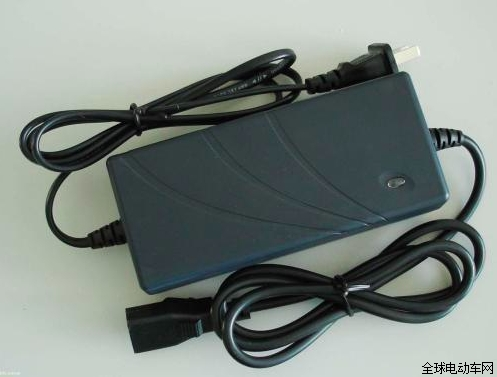
1、 How to charge electric vehicles?
We should mainly grasp two principles: first, we should put it in a shallow way and charge it frequently. Second, do not overcharge.
2、 Why shallow discharge and frequent charging?
Lead sulfate is formed when the battery is discharged. When charging, lead sulfate is reduced to sulfuric acid and lead. If it is discharged deeply or not charged in time, lead sulfate cannot be reduced, resulting in the vulcanization of the electrode plate. Therefore, we should ride every day, charge every day, and do not discharge deeply.
3、 What's the harm of long charging time
If the charging time is too long, it will consume too much water in the battery, accelerate the vulcanization process of the electrode plate, and gradually reduce the capacity of the battery due to water shortage until the battery is inflated and scrapped.
4、 How long is the correct charging time?
The correct charging time is (6 ~ 8 hours), but it is best to float charge for 1 ~ 2 hours after the green light is on, and then cut off the power supply. Electric vehicle chargers have no overcharge protection function. After the green light is on, if the power supply cannot be cut off on time within 1 ~ 2 hours, the battery will continue to charge, decompose and evaporate the water in the battery. Therefore, the saying that "if it is full, it will not be full" is completely unscientific.
5、 What are the main reasons for short battery life?
Charging is not timely and the charging time is too long
.
Many people may think this is not important, but we should pay attention to these so-called unimportant things in life. Let's take a look at the fire caused by the charging of electric vehicles in rental houses in Shenzhen, which killed 7 people.
Previous One : Jinan strictly investigates electric three wheeled and four wheeled vehicles
Next One: Backward production capacity or alternative innovation
Online message